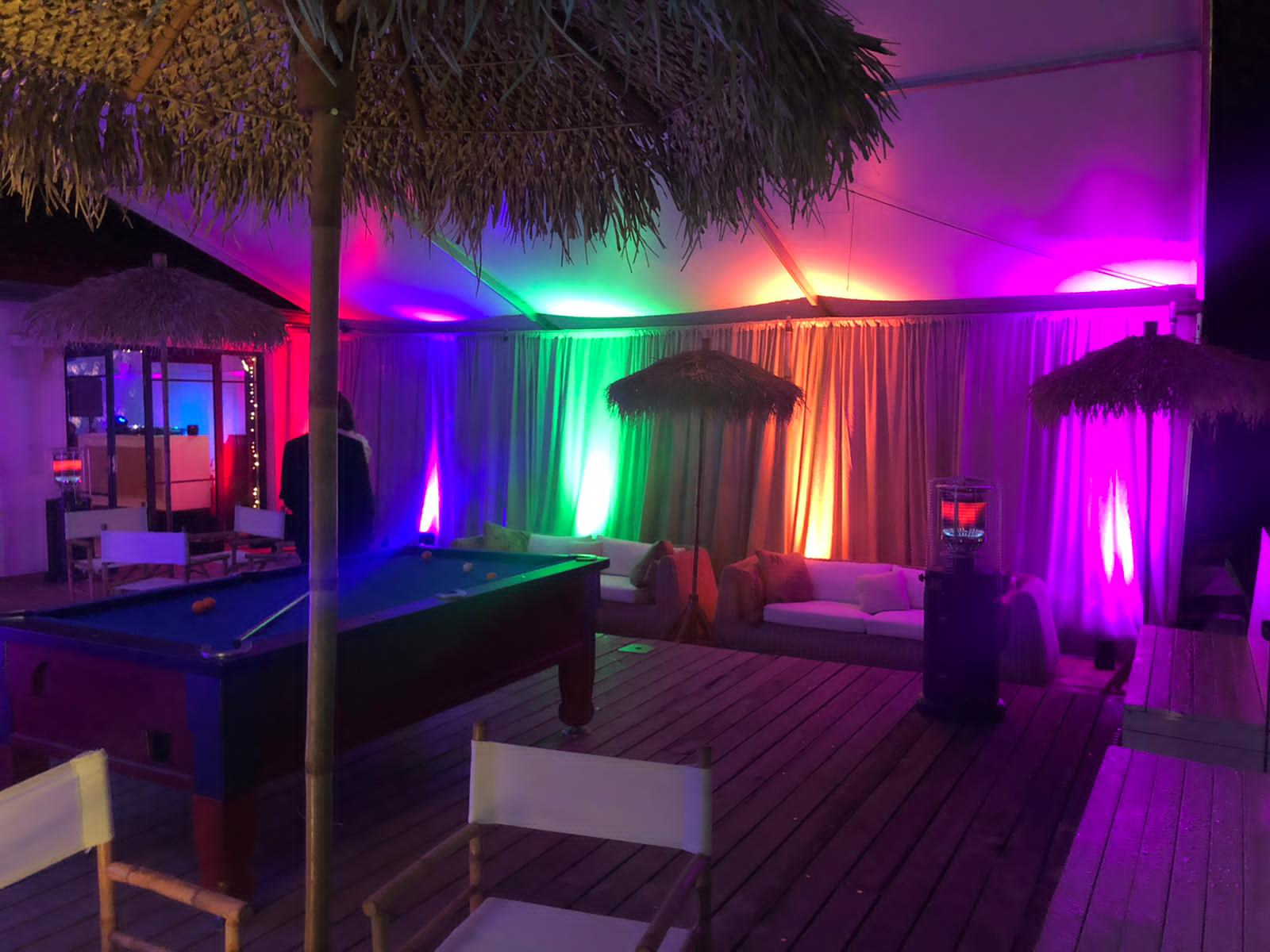We use cookies to make your experience better. To comply with the new e-Privacy directive, we need to ask for your consent to set the cookies. Learn more.
Customizing Your Lighting Design: Tailoring Solutions to Your Event's Needs

Introduction:
A space's lighting plays an integral role in setting the mood and ambience for any event, whether it is a wedding, corporate event, or concert. With the right lighting design, attendees are able to enhance their overall experience. The best way to create a truly unforgettable event is to tailor your lighting solutions specifically to suit the occasion's needs and themes.
Understanding the Event:
Lighting design requires an understanding of the nature and purpose of your event. Different events require different atmospheres, so lighting should reflect the intended mood of the event. For example, a wedding may require soft and romantic lighting, whereas a corporate event might benefit from sleek and professional lighting. Take the time to grasp the unique characteristics of your event so that the lighting is tailored accordingly.
Collaboration with Professionals:
Lighting designers possess the expertise to assess the venue, understand your vision, and recommend appropriate lighting solutions. Engaging with an experienced lighting professional is key to achieving a customized lighting design. In addition to ensuring optimal results for the technical aspects, such as equipment selection and placement, collaborating with professionals can also provide fresh ideas, enhancing the design as a whole.

Thematic Considerations:
Every event has its own theme or concept, and the lighting design should seamlessly integrate with it. Whether it is a vintage-inspired wedding, a futuristic corporate gala, or a vibrant music festival, the lighting should complement the event's design. Incorporate colour palettes, patterns, and effects that complement the event's aesthetic to create a cohesive and immersive event experience.
Venue Assessment:
Venue characteristics heavily influence the lighting design. The size, layout, and architectural features of the venue all play an important role in determining the type and placement of the lighting. Identify focal points, areas in which accentuation is required, and potential challenges in the venue by conducting a thorough assessment. This information will guide the customization process, ensuring that the lighting enhances the venue's unique qualities.
Layered Lighting:
Lighting design rarely utilizes one-size-fits-all solutions. To create depth and dimension, layers of lighting combine several sources and techniques. Adding ambient lighting for overall illumination, accent lighting for highlighting specific elements, and task lighting for functional areas will help you achieve maximum flexibility. You can adapt the lighting to specific segments of an event using this layered approach, which allows for flexibility.
Dynamic Lighting Control:
Technology provides advanced lighting control systems that allow real-time adjustments during the event. This flexibility allows for light adjustment during different activities, transitions, or changes in the event schedule. Whether you are altering colour schemes, adjusting intensity, or creating dynamic lighting sequences, the ability to control lighting at the moment enhances the overall event experience.
Energy Efficiency and Sustainability:
Lighting design also includes consideration of the environmental impact. Choose energy-efficient LED fixtures that reduce power consumption and provide a wide range of colour choices. Event planning is becoming increasingly sustainable, and environmentally friendly lighting solutions are in keeping with the growing trend toward responsible practices.
Interactive Elements:
Interactive lighting elements can provide an engaging and memorable experience. These elements could be integrated with sound, which enables attendees to alter the ambience through their actions, allowing them to influence the event's ambience. In addition to capturing attention, interactive lighting installations create a unique and participatory atmosphere, making your event stand out.
Conclusion:
Creating a custom lighting design at Wwave is a multifaceted process that requires careful consideration of the event's nature, the venue's characteristics, and the event's theme. The use of experienced professionals, thorough venue assessments, and the integration of modern technologies contribute to creating a lighting solution tailored to each individual. Incorporating flexibility, sustainability, and interactive elements can elevate your event's atmosphere, leaving a lasting impression on your attendees.
